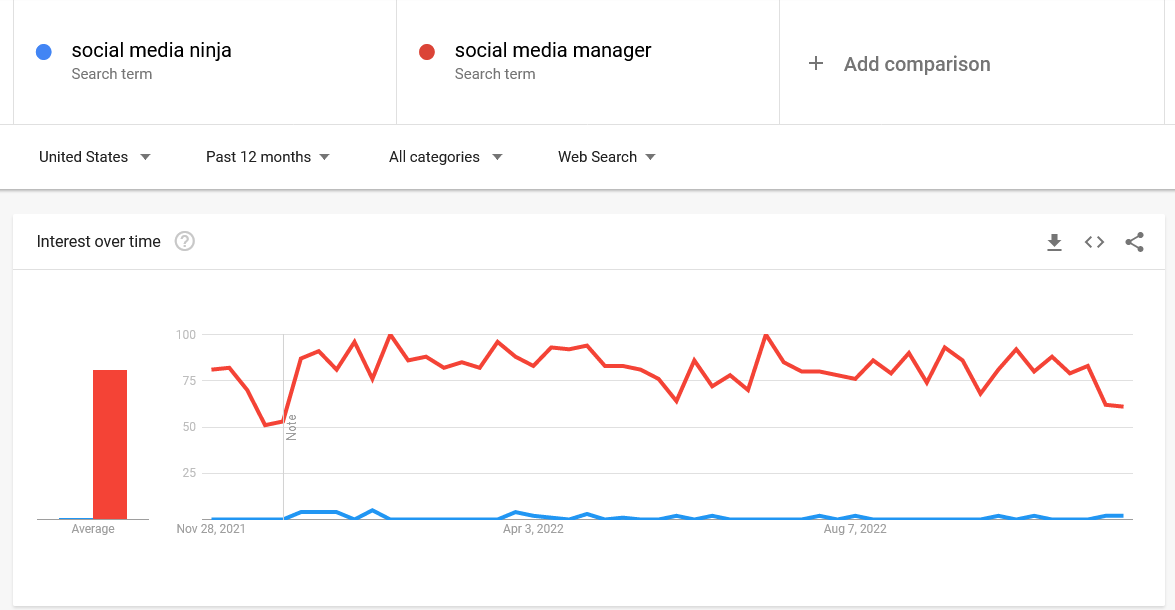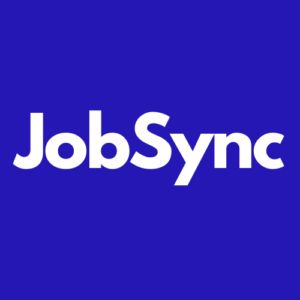
Our monthly roundtables center around the best practices of individuals that tackle the hardships of hiring on a daily basis. From personal branding to crafting the right message to your candidates, one thing never changes – hiring is hard – and aligning a salary range with your expectations is even harder. The latest installment of our roundtable featured Kat Kibben, one of the industry leaders in attracting top talent. Kat specializes in job postings, removing bias from your hiring requirements, and hiring manager intake. As always everyone tuned in with their cameras and microphones at the ready – catch the full replay and check out the highlights below.
Hire for success
The goal of hiring is to grow your company and keep it successful and sustain your business. A job posting might seem like casting into a wide-open pool, but the goal is not to just have anyone bite.
“Don’t hire for opportunity because you end up putting someone in a position that they can’t be successful.” – Kat Kibben
How can you ensure that your job posting showcases what success looks like within your organization? Make sure you highlight the impact that the role has. Here are three examples that Kat gives their clients:
-
The business requisition you are hiring against. “We are hiring (insert job title) to (simplify the role).” or “You thrive in chaos with a million inputs at once.”
-
Everyday activities. “Every day you will (insert requirements of day-to-day asks).”
-
Explain what success looks like. “To thrive in this role you must (insert required outcome).”
You want your best candidates to be able to envision themselves in the role doing the exact things you describe.
How you ask matters
Venture to any job board and click on almost any job posting and it will not be hard to discern that the person that posted the listing clearly copied and pasted a job description – an internal HR document not meant for human consumption. A laundry list of requirements heavy enough to chase any job seeker away (especially women, BIPOC, and LGBTQ+ candidates) and send them running from your job instead of running to hit the apply button. Couple that with either a missing salary range or one that is too broad to comprehend and you are bound to miss out on the candidates that should be clicking apply.
A job posting is one of the first touch points of your hiring (and interview) process. Your job posting showcases so much more than just the ‘how’ and ‘what’ behind the expectations of the job. Are you culture-heavy in your description, but lack information about the day-to-day of the job or do you lean heavily into the job requirements but forget to demonstrate the culture of the business? Do you showcase both the team dynamic and the opportunity for individual accomplishments or do you shadow individuals out in the quest for team perfection? Whichever option you choose – how you present the information can make or break the candidate’s decision to apply.
Where is the best place to start in determining this? If you said the hiring manager intake, you are correct.
Kat explained that it all starts with the intake process. You have to first look hard at the requirements, the must-haves, the nice to haves, and the unicorn qualities and then they suggest forcing a narrow response from your hiring manager for each of those categories. What requirements does the person at the top have versus the person at the bottom of the pay range? A minimum salary means that your candidates should (at least) make the bottom of the range based on their skills that meet your minimum requirements. The discussion with your hiring manager should be around what pushes a candidate up within the range and validation that those requirements can reasonably be found within the humans in that salary range. These are not all easy conversations to have as it really forces hiring managers to think through what they are asking for.
Once you go through this forcing function, inevitably your business will find itself having to confront your pay scales for your existing employees. Before you advertise for a new person, with no knowledge of your business, look at the existing employees in that same or similar role and check to see if they are properly compensated. If they aren’t – fix it and fix it proactively. Waiting until your current employees figure it out breeds resentment and distrust. But adjusting them up, proactively, breeds gratitude and loyalty.
But that isn’t all, a job description has a number of component parts: the title, job description, requirements, location, hours, salary, future opportunity, the business culture, and so much more. Candidates aren’t reading just for what skills they must possess – they are reading to determine if it’s a place they want to work. Words matter. Tone matters. A job description is a 400-800 word description of whether this is a place I want to spend 25% (or more!) of my week engaged at. It’s not just the work – the culture matters too.
People chase titles
Fun fact: job titles are made up. Have you ever actually heard of a Social Media Ninja? Probably not – but that was one of Kat’s first job titles (at a job board nonetheless). A lot of companies think that by writing eye-catching titles they can attract the most candidates, but that’s not actually true. People are not searching for Ninja jobs, which means your job isn’t even making it to the page for someone to be attracted to it (and that isn’t even getting into titles like Ninja are teeming with bias).
If you are not getting clicks on your titles there is a quick, easy, and free way to discern what the problem (and fix) is. Head to Google and type in the job title + resume and view the image search results. Are there a lot of resumes that pop up? If yes, then you might be on the right track – if not, then it is time to rethink the title (keeping in mind this only works for professional roles). Another option is to head to Google Trends. There you can enter a few of your job title options and see which ones are the most popular. You can even see where they are the most popular within certain regions and see suggestions based on your search.

Now head back to your job. Does the title need a refresh? Is it as simple as changing the title of the role? If yes, just do it. If not, then it’s time to get comfortable with the difference between legal job descriptions and job advertising. If you need to change the title for job advertising, you have to also bake into your process explicitly explaining what the actual title is. There is no shame in having an internal title for your employees and a ‘LinkedIn’ or ‘Resume’ title.
Obviously, a truthful job posting is the easiest way to gain the trust of your candidates. The bare minimum we should provide is being explicit about what our requirements are and what we expect them to do for us.
Remove the bias
There is nothing worse than clicking on a job posting and feeling like you have already been taken out of the running because of bias. Imagine having years of experience in a field just to be told that you will not qualify because you did not obtain a college degree. Someone fresh out of college does not have the same level of experience you might have, yet they may be considered above you because they paid for a degree (which is definitely a privilege). When you list unnecessary requirements built around bias you are asking people to negotiate for themselves based on ideas that are not relevant to the role. As Kat highlighted, “You are not paying [the top of the range for] the best negotiator, you are paying for the most skill.”
Here are Kat’s top 3 things to remove from job postings to prevent bias:
1. Years of experience
A great example that was given was comparing Kat’s role as a CEO to Jeff Bezos. Both of them have at least 5 years of experience as a CEO – does that mean they are both capable of running Amazon? As much as we could argue that Kat would be a great fit in that role – you get the point.
2. College degree requirements
College is a privilege, not a right. As stated above, someone with a degree fresh out of college does not have the same level of experience as someone that has been actively working in an industry for 4 years.
3. On entry-level roles remove all the requirements (if you must have them, only have a few)
Keep it simple and use language that creates differentiation. “We’ll teach you everything you need to know.”
Onward and upward
The best way to move forward with your teams to ensure you are putting out the best job postings with the least amount of bias is to invest in training (this goes for all parts of the hiring process too, interviewing, hiring selection, etc.). Kat’s team provides training on removing bias, the use of correct pronouns, and full job post rewrites. There are free tools online to help with grammar, gender decoding, and finding the best job titles (see above, Google trends).
When you work with your hiring teams to narrow down what the best person for the role looks like, remember that you are hiring a person that made the decision to make a change. No one takes looking for a new job lightly. It is a life-changing decision and experience that directly impacts their livelihood and their future. Investing in that process and experience will land the best person for your organization.


